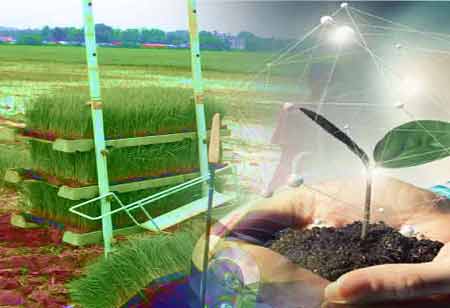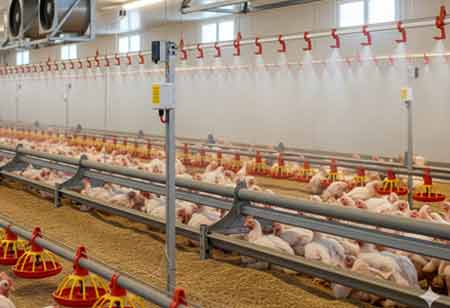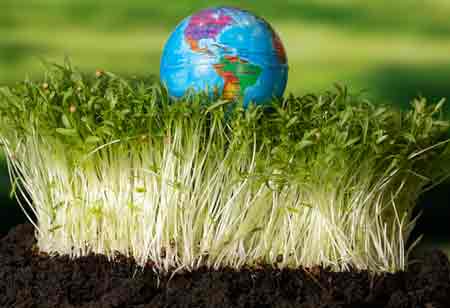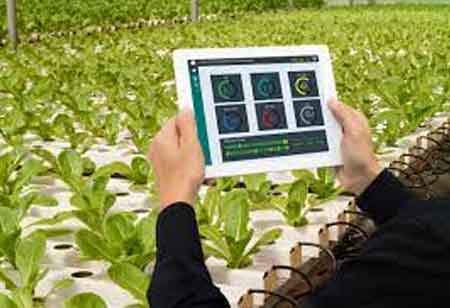Thank you for Subscribing to Agri Business Review Weekly Brief
Drones in Crop Protection: Transforming Agriculture
Agriculture, the backbone of civilizations, has been transforming in recent years with technology integration.

By
Agri Business Review | Wednesday, October 25, 2023
Stay ahead of the industry with exclusive feature stories on the top companies, expert insights and the latest news delivered straight to your inbox. Subscribe today.
Drones improve efficiency and cost-effectiveness and foster sustainable agricultural practices, crucial for meeting the demands of a growing global population while safeguarding the planet's resources.
FREMONT, CA: Agriculture, the backbone of civilizations, has been transforming in recent years with technology integration. One such innovation that has garnered significant attention is the utilization of drones in crop protection. Drones, or Unmanned Aerial Vehicles (UAVs), are reshaping the agricultural landscape by revolutionizing how farmers monitor, manage, and safeguard their crops. Adequate crop protection begins with accurate and timely surveillance of fields. Drones with advanced imaging technologies, such as multispectral and hyperspectral cameras, provide farmers with an unparalleled view of their crops.
The cameras capture data beyond the human eye's capabilities, enabling early detection of pests, diseases, and nutrient deficiencies that might otherwise remain unnoticed until irreversible damage occurs. Farmers can swiftly identify problem areas with real-time data transmission, enabling targeted interventions. Drones cover large tracts of land quickly, providing a comprehensive overview of the entire field in a fraction of the time it would take through traditional methods. Its efficiency saves time and resources and empowers farmers to make informed decisions that prevent yield loss and enhance crop quality.
Drones have proven to be game-changers in this domain. Drones can precisely target areas needing treatment using GPS technology. The precision minimizes chemical wastage, reduces environmental impact, and safeguards the health of both crops and surrounding ecosystems. Drones can access difficult-to-reach regions that are challenging for ground-based equipment, thus ensuring uniform application across the entire field. The level of precision contributes to effective pest and disease management and sustainable agricultural practices. Early detection of pests and diseases is vital for adequate crop protection.
Drones equipped with specialized sensors can identify subtle changes in plant health caused by infestations or infections. Farmers can implement timely measures to contain and mitigate the spread by identifying these issues at their nascent stages. Drones equipped with thermal cameras detect temperature variations that may indicate the presence of pests or diseases. It allows for targeted intervention, reducing the need for widespread chemical applications and preserving the ecosystem's delicate balance. The data drones collect during their flights are invaluable for making informed decisions.
Advanced software processes the collected data to generate detailed maps highlighting various aspects of the field's health. The maps provide insights into the distribution of pests, diseases, and nutrient deficiencies, enabling farmers to develop precise action plans. Farmers can optimize their crop protection strategies by leveraging historical data and trends. The data-driven approach increases the efficiency of interventions and contributes to sustainable agricultural practices by minimizing the excessive use of chemicals. Drones offer economic and environmental benefits. Drones drastically reduce the time and labor required for these tasks, resulting in cost savings for farmers.





